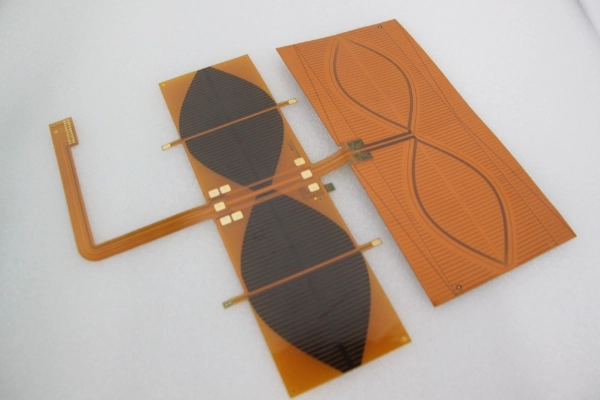In the realm of electrical systems, experiencing a power outage in a single room while the circuit breaker remains intact can be perplexing. Homeowners often find themselves scratching their heads, wondering why a localized issue occurs without any apparent fault in the main electrical panel. This article delves into the potential causes of this phenomenon, offering insights into troubleshooting methods and preventive measures to ensure a reliable electrical system.
Understanding the Electrical System
Before we explore the reasons behind localized power outages, it’s essential to understand the basic structure of a home’s electrical system. Typically, residential electrical systems are divided into circuits, each protected by a circuit breaker. These circuits distribute electricity to various rooms and appliances, ensuring that power is managed efficiently. When a circuit experiences an overload or a fault, the breaker trips, cutting off the power supply to prevent damage. However, when only one room loses power without a tripped breaker, the situation warrants further investigation.
Common Causes of Power Loss in One Room
- Loose or Damaged Wiring: One of the most common culprits for localized power outages is loose or damaged wiring. Over time, wires can become frayed, corroded, or disconnected due to wear and tear, environmental factors, or improper installation. This can lead to intermittent power loss in specific areas of the home. Inspecting outlets, switches, and junction boxes for visible signs of damage can help identify this issue.
- Faulty Outlets or Switches: Outlets and switches can wear out over time, leading to poor connections. A faulty outlet may not provide power even if the circuit is functioning correctly. Testing the outlet with a multimeter can determine if it is receiving power. If not, replacing the outlet or switch may resolve the issue.
- Overloaded Circuits: While the breaker may not trip, an overloaded circuit can cause voltage drops that result in insufficient power reaching certain outlets or devices. This is particularly common in older homes where the electrical system may not be equipped to handle modern power demands. Identifying and redistributing the load across different circuits can alleviate this problem.
- Tripped GFCI Outlets: Ground Fault Circuit Interrupter (GFCI) outlets are designed to protect against electrical shock by cutting off power when a ground fault is detected. If a GFCI outlet in the affected room or a nearby area has tripped, it can lead to a loss of power without affecting the main circuit breaker. Resetting the GFCI outlet can often restore power.
- Voltage Fluctuations: Sometimes, power fluctuations can cause devices in a specific room to malfunction without tripping the breaker. This can be due to issues with the utility supply or internal wiring problems. Monitoring voltage levels with a voltmeter can help diagnose this issue.
Troubleshooting Steps
If you find yourself facing a power outage in one room, consider the following troubleshooting steps:
- Check the Circuit Breaker Panel: Even if the breaker appears intact, it’s worth resetting it. Sometimes, breakers can appear to be in the on position while not fully engaging.
- Inspect Outlets and Switches: Look for any signs of damage, such as burn marks or discoloration. Test each outlet with a multimeter to ensure they are receiving power.
- Examine GFCI Outlets: Locate any GFCI outlets in the affected area and reset them. If they continue to trip, further investigation is needed.
- Assess the Load: Evaluate the devices connected to the circuit. If there are too many high-wattage appliances, consider redistributing them across different circuits.
- Consult a Professional: If the issue persists after these steps, it may be time to call a licensed electrician. They can conduct a thorough inspection of your electrical system, identifying hidden issues that may not be immediately apparent.
Preventive Measures
To minimize the risk of future power outages in specific rooms, consider implementing the following preventive measures:
- Regular Inspections: Schedule periodic inspections of your electrical system to identify potential issues before they escalate.
- Upgrade Wiring: If your home is older, consider upgrading the wiring to accommodate modern electrical demands.
- Install Surge Protectors: Protect your devices from voltage fluctuations by using surge protectors, especially for sensitive electronics.
Conclusion
Experiencing a power outage in one room without a tripped breaker can be frustrating and confusing. By understanding the potential causes and following systematic troubleshooting steps, homeowners can often identify and resolve the issue. Regular maintenance and proactive measures can further enhance the reliability of your electrical system, ensuring that your home remains a safe and comfortable environment. If in doubt, always consult a professional to safeguard against electrical hazards.


